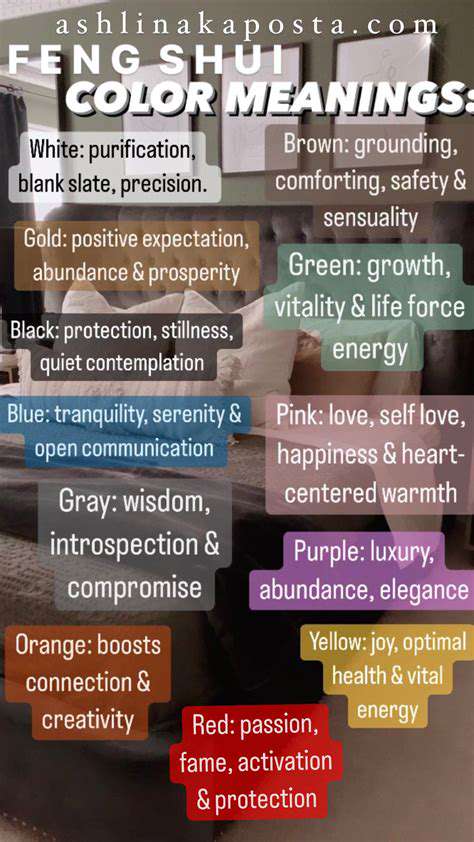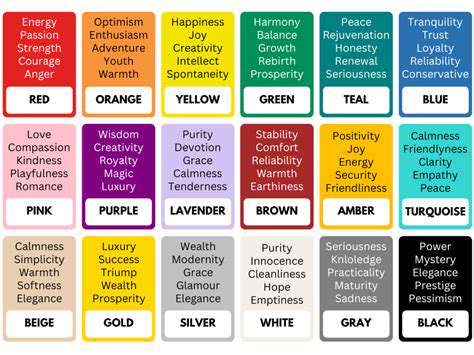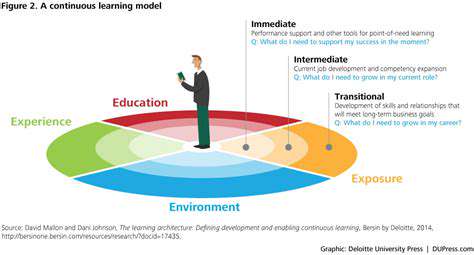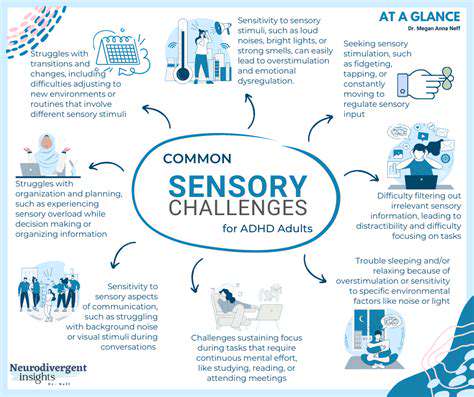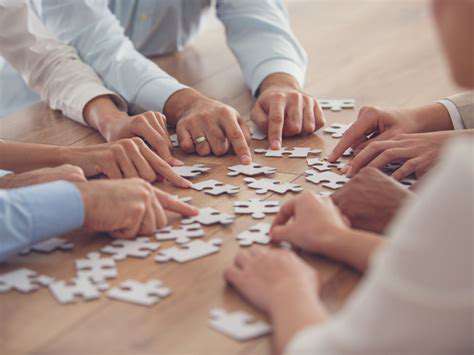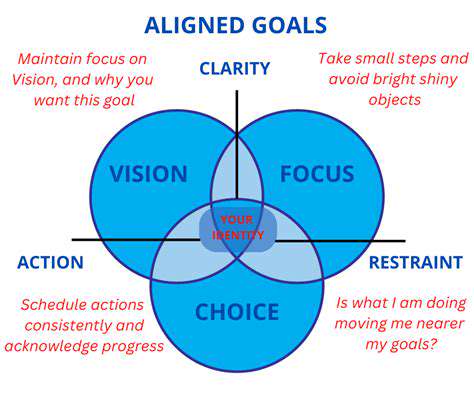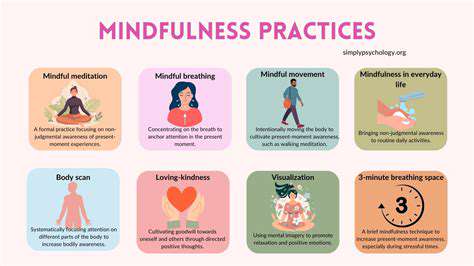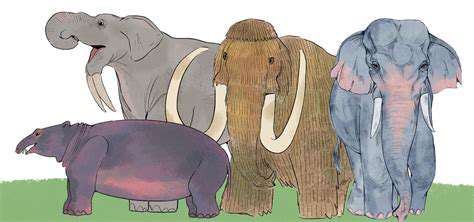Placing heirlooms to enhance family harmony
Incorporating Heirlooms into Modern Living Spaces
Blending old and new doesn't mean sacrificing style. That ornate Victorian mirror might become a stunning focal point above a sleek modern console. Great-grandmother's hand-painted teacups could display succulents on a minimalist shelf. The secret lies in selective placement and thoughtful pairings.
Use lighting strategically - a directional spotlight can make grandma's silver candlesticks look like museum pieces, while soft backlighting might highlight the intricate stitching on an heirloom quilt. The contrast between old and new often creates the most striking effects.
Displaying Heirlooms that Tell a Story
Transform your display into a storybook without words. Pair great-grandpa's pocket watch with a photo of him in his Sunday best. Display mother's wedding veil near your own wedding portrait. These visual connections create powerful emotional triggers that bring history alive.
Small handwritten notes explaining an item's significance add depth. Aunt Mae's rolling pin - used weekly for 40 years to make her famous apple pies tells a richer story than the object alone ever could.
The Emotional Impact of Heirloom Placement on Family Dynamics
Thoughtfully arranged family treasures do more than decorate - they strengthen bonds. A well-curated collection becomes a natural gathering point during holidays, sparking conversations and shared reminiscing. These objects serve as physical anchors for our collective memory.
When we honor our past through these displays, we're not just preserving objects - we're creating touchstones that will help future generations understand where they came from and who they are.
Leveraging Heirlooms to Encourage Family Traditions
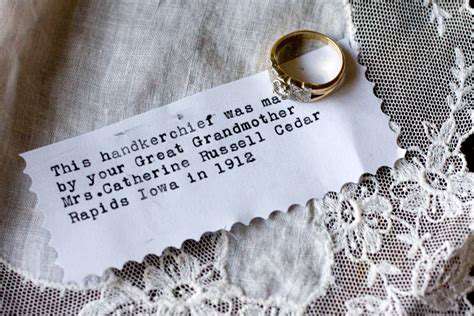
Preserving Family History
Those precious items passed down through generations represent far more than their material value. Great-grandmother's handwritten cookbook or grandfather's war medals carry the weight of lived experience. By safeguarding these artifacts, we preserve not just objects but the very essence of our family's identity.
Uncovering the stories behind these items often reveals surprising connections. That chipped serving bowl might have survived cross-country moves, while the tarnished silver spoon could have fed multiple generations of babies. These discoveries create a profound sense of continuity and belonging.
Inspiring Future Generations
Passing down family treasures represents an unbroken chain of memory. When children receive their first heirloom - perhaps a christening gown worn by multiple generations or a great-uncle's pocket knife - they begin to see themselves as links in a long family story. This tangible connection to the past fosters responsibility and pride in one's heritage.
The act becomes more meaningful when accompanied by stories: This was your great-grandmother's hope chest - she filled it with linens for her marriage in 1923. Suddenly, history feels personal and relevant to young minds.
Enhancing Personal Connections
Heirlooms possess a unique power to evoke emotion. The scent of lavender in an old trunk might instantly transport you to grandmother's attic. The weight of a family Bible in your hands connects you to generations who turned those same pages. These sensory experiences create powerful emotional bonds across time.
During family gatherings, these objects naturally prompt storytelling. Remember when Uncle Joe used this very fishing rod to... becomes the start of shared laughter and connection. In our digital age, these tactile connections to the past feel increasingly precious.
Developing emotional intelligence requires attention to children's self-awareness, empathy skills, and social interaction techniques.
Creating a Visual Narrative Through Heirloom Arrangement
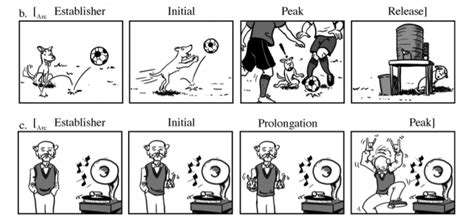
Crafting a Compelling Visual Identity
Your heirloom display should have its own visual language. Consider color themes (sepia-toned photos against dark wood), textures (lace next to smooth porcelain), and spatial relationships. A cohesive visual approach makes your family history feel curated rather than cluttered.
Think like a museum exhibit designer - what story do you want to tell first? Maybe start with immigrant ancestors' documents, then progress through generations. This creates a natural flow that guides visitors through your family's timeline.
Understanding Your Audience
Tailor your display to your family's interests. For history buffs, include documents and contextual information. For tactile learners, incorporate items they can handle (with care). The most effective displays consider who will be experiencing them.
Utilizing Storytelling Techniques
Create chapters in your display - perhaps one shelf for military service items, another for wedding memorabilia. Use framing and lighting to highlight particularly significant pieces. Good storytelling, even visual storytelling, has rhythm and emphasis.
Selecting Appropriate Elements
Not every heirloom needs display space. Choose items that either represent important family milestones or have particularly compelling stories. Quality over quantity creates more impact. That single Civil War letter displayed prominently speaks louder than a box of mundane documents in the attic.
Creating Cohesive Flow
Arrange items to guide the eye naturally - perhaps chronologically left to right, or grouped by family branch. Use consistent labeling (handwritten tags for a personal feel, or printed cards for a cleaner look). The easier your display is to read, the more engaging it becomes.
Ensuring Accessibility
Consider all generations when designing your display. Place some items at child height with simple explanations. Include braille labels if needed. A truly family display welcomes everyone. Remember - these aren't just your memories, but legacies for future generations to inherit and interpret.
